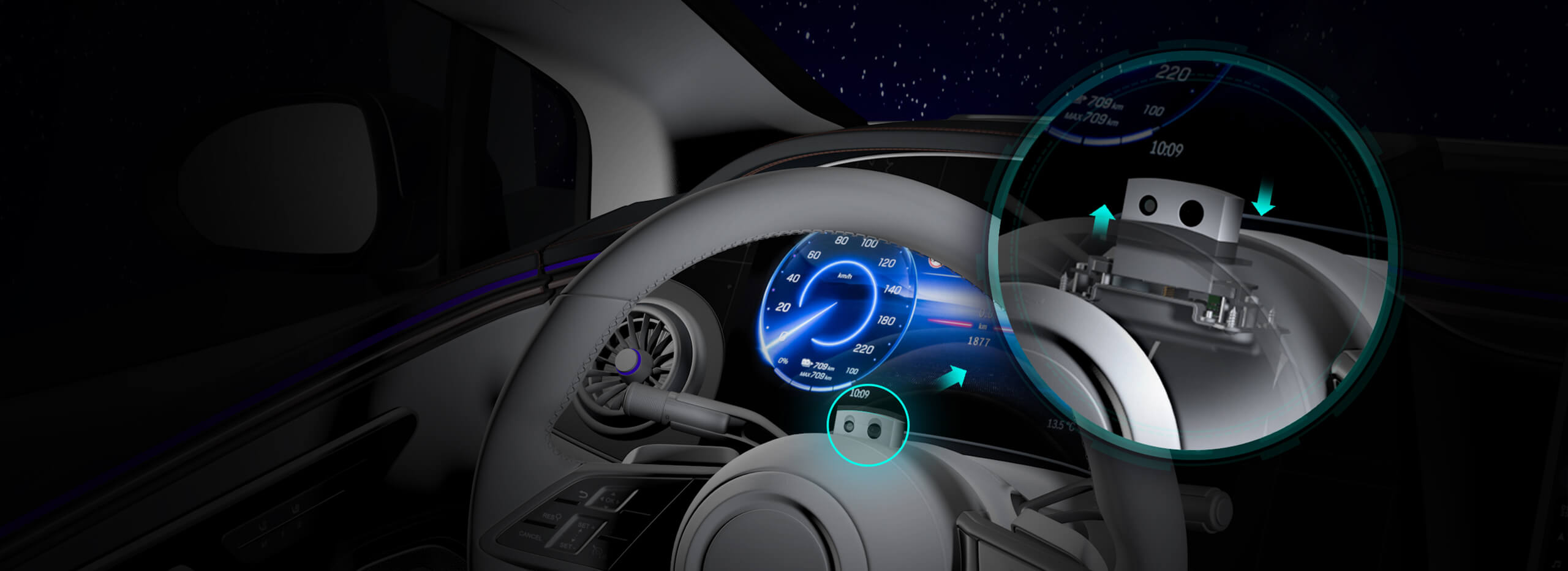Imagine a world where machines move with the grace of a dancer—precise, smooth, and intelligent. Behind this ballet of mechanical parts lies an astonishing marvel of engineering: the AC servo motor. From robotic arms assembling cars to high-precision CNC machines, AC servo motors are the unsung heroes enabling accurate, responsive motion control. But what exactly makes these systems work? To truly understand their magic, let’s peek behind the curtain into their core architecture through the lens of a block diagram.

The Essence of the AC Servo Motor
An AC servo motor isn't just a motor—it's a finely tuned symphony of electrical and mechanical components working in harmony. Unlike simple motors that spin continuously when powered, servo motors are designed for precision; they can rotate to a specific angle, maintain position, and respond rapidly to commands. This level of control is made possible by a sophisticated feedback loop and specialized circuitry, often represented visually in a block diagram.
Breaking Down the Block Diagram
At the heart of an AC servo system is a feedback control loop that ensures the motor achieves and maintains the desired position or velocity. When you look at a block diagram, you'll notice several key components, each playing a vital role.
Command Signal (Input): This is where your instructions originate—be it a position, speed, or torque command. Think of it as the "go" signal that guides the entire operation.
Controller: This is the brain of the system. It interprets the command signal and compares it with the feedback signal, computing how much correction is needed. Control algorithms, such as Proportional-Integral-Derivative (PID), are often employed here to minimize error.
Inverter (Power Amplifier): The control output from the controller is typically a low-power signal. The inverter amplifies this signal, converting it into a high-power AC signal suitable for driving the motor. It's like translating a whisper into a shout so that the motor can respond effectively.
Electric Motor (AC Servo Motor): The core actuator, which receives the high-power AC input. The motor features permanent magnets or windings configured for precise control.
Feedback Device: One of the most critical elements—usually an encoder or resolver. It continuously measures the motor’s actual position or velocity and sends this information back to the controller. This ongoing feedback is what allows the system to correct its course in real time.
Measurement and Feedback Path: Connecting the feedback device with the controller, this path forms the loop that sustains the control action.
Power Supply: Supplying stable power to the inverter and control circuitry, ensuring reliable operation.
How the Block Diagram Works in Practice
Now, to understand how these components interrelate, picture this scenario: You want a robotic arm to reach a specific position. You input this target position as your command signal. The controller compares this target with the current position received from the encoder. If there's a mismatch, the controller calculates the correction needed and sends a control signal to the inverter. The inverter energizes the motor accordingly, which starts moving. Simultaneously, the encoder updates the controller on the motor’s position. This feedback loop continues, rapidly adjusting the motor’s drive signals to fine-tune its movement until the arm reaches precisely where you want it to.
This real-time correction process exemplifies a closed-loop system—autonomous, precise, and resilient against disturbances. It’s a system that’s continually vigilant, ensuring that the motor’s actual position or speed aligns seamlessly with your command.
Kpower has delivered professional drive system solutions to over 500 enterprise clients globally with products covering various fields such as Smart Home Systems, Automatic Electronics, Robotics, Precision Agriculture, Drones, and Industrial Automation.




































